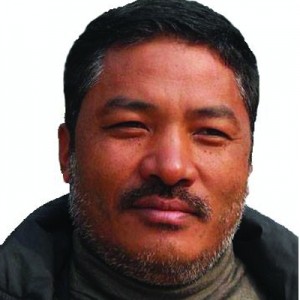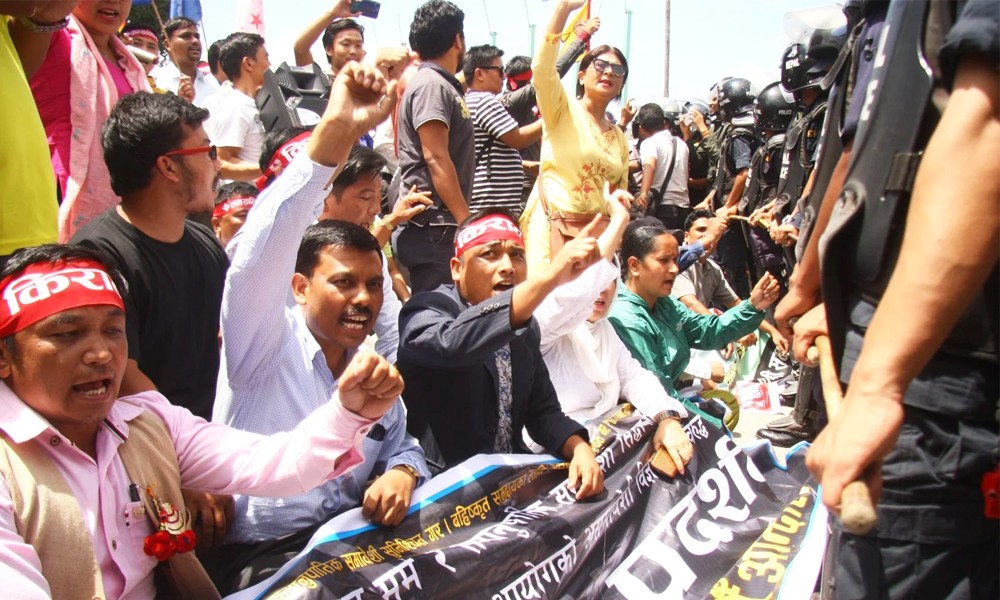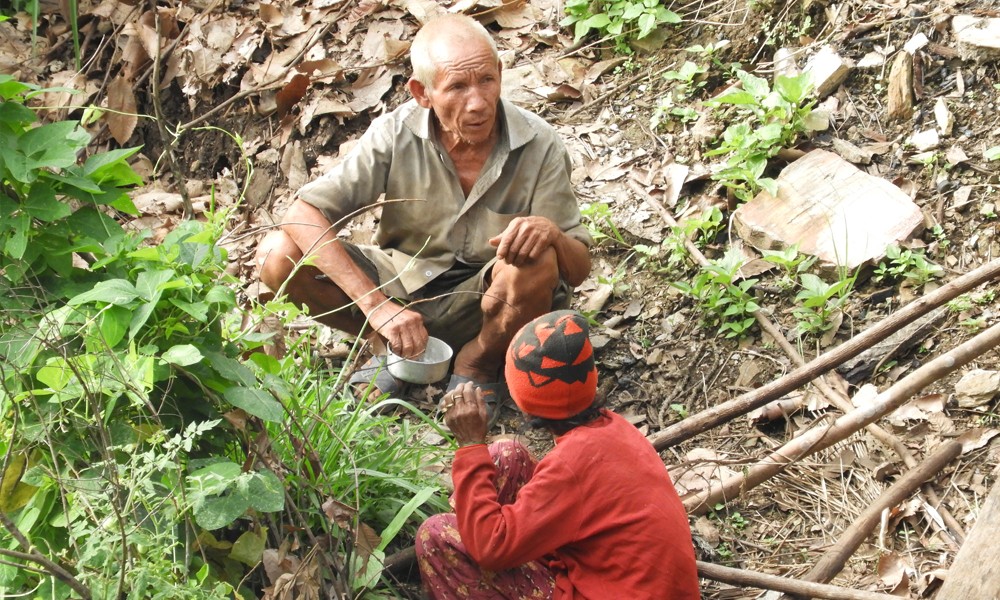Nepal's Indigenous Peoples movement had reached a peak toward the second Constituent Assembly Election in 2013, but it has gradually fizzled out since then. So, what went wrong and what is its future?
During the years of the post-war political transition when the Constitution-making process was underway, Indigenous Peoples had a strong presence in the Parliament -- and on the streets. While the caucus of the cross-party Janajati MPs persistently mounted pressure on their party leaderships inside the House, Janajati organizations and activists regularly stages street rallies and protests. And political leaderships were generally receptive to the agendas of Indigenous Peoples.
But the Indigenous Peoples movement lost its momentum with the Maoists -- the political force that had rallied Indigenous Peoples for their identity, autonomy and rights to self-determination -- being relegated to a distant third party in the second Constituent Assembly. The electoral defeat of the Maoists weakened the indigenous movement.
Today, the main pillars of the Indigenous Peoples movement have collapsed.
Today, the main pillars of the Indigenous Peoples movement have collapsed. Ashok Rai quit the UML to form a formidable force of Indigenous Peoples. But he was at the mercy of the same party that he denounced as an anti-Janajati element, to get elected as an MP. The likes of Rajkumar Lekhi and Pasang Sherpa have returned to the UML for personal gains, abandoning the cause of the indigenous movement. Indra Bahadur Gurung, who once led the Indigenous Peoples' caucus, has left Adivasi Janajati Sangh of the Nepali Congress.
Fringe parties aspiring to emerge as alternative political forces of Indigenous Peoples have vanished, by and large. Promising Janajati leaders have been co-opted by the UML and the Nepali Congress. The status quoist political parties have mobilized their loyal Janajati cadre to infiltrate into the ranks and files of social organizations of Indigenous Peoples. During the 10th General Convention of Nepal Federation of Indigenous Nationalities (NEFIN) in Kawasoti, some politburo level leaders of these parties were seen openly backing their candidates to lead the umbrella organization of Indigenous Peoples. As a result, it is now getting difficult to distinguish Janajati organizations from sister organizations of political parties.
As the indigenous movement heads nowhere, new political forces that are ideologically opposed to the agendas of Indigenous Peoples have gained numerical strength in the Parliament. Rajendra Lingden -- the poster boy of the regressive political force fighting for a restoration of the unitary Hindu monarchy -- has revived the RPP. It is now a fifth party in the Parliament. The RSP, the newest party formed by the TV anchor-turned-politician Ravi Lamichhane who did not participate in the provincial elections signaling his disdain for federalism, has achieved an even more impressive feat. His party is currently a fourth force in the Parliament -- just behind the Nepali Congress, the UML and the Maoists.
UML Chair KP Sharma Oli instructed the MPs from his party to wear Daura Surwal in the first day of the newly elected Parliament -- a sign that he does not recognize Nepal's cultural plurality. Taking a cue from Oli, the Maoists Chair Pushpa Kamal Dahal, who got elected as Prime Minister with the backing of UML and regressive forces like the RPP and the RPP, wore Daura Suruwal to his swearing-in ceremony. It was a sign that today's Pushpa Kamal Dahal is not yesterday's Prachanda, who inspired Indigenous Peoples to fight for their ethnic identity and autonomy.
Balen Shah, who has shown a similar ideological character, has been elected as Kathmandu's Mayor. Harka Sampang, who often courts controversy due to his disregard for social diversity, is Mayor in Dharan. All these political changes are a sign that the indigenous movement has lost its plot.
So, why did the indigenous movement become so weak? This is the question on everyone's mind in Janajati community. Not only common people but also the leaders of the indigenous movement are debating this question. They are blaming each other for the setback suffered by the indigenous movement. But what they have failed to realize is that it is not the fault of a particular leader or an organization -- it is just a reflection of the stage of societal development that Nepal is currently in.
Nepal's Indigenous Peoples movement was essentially a cultural movement for a long time, and its scope was narrow.
Nepal's Indigenous Peoples movement was essentially a cultural movement for a long time, and its scope was narrow. It focused on cultural rights. However, with the rise of identity politics in the wake of the 2006 pro-democracy movement, it began to evolve into a political movement. Today, it has neither fully evolved into a political movement nor it remains a cultural movement. During such a transitional stage, it is only natural for a movement to suffer setbacks. This may explain why the indigenous movement has lost its momentum -- for now.
During the period of political transition when the Constituent Assembly was writing the new Constitution, the nature of the indigenous movement was political, but its foundation was based on a cultural struggle. This is why Janajati leaders and activists would be seen donning their cultural attire during political rallies and street protests. In a movement that is political in nature, cultural attire or musical instrument do not really add value regardless of their symbolic importance. However, indigenous leaders and activists needed to use this symbolism to wake up their ethnic communities from a deep slumber.
Nevertheless, a political movement fueled by the collective aspirations for cultural rather than political rights was never meant to last long. So, it did not. The movement first stalled on the streets, and then in the Parliament.
First part of the excerpted translations of the article originally published in Naya Patrika, the link is here.







